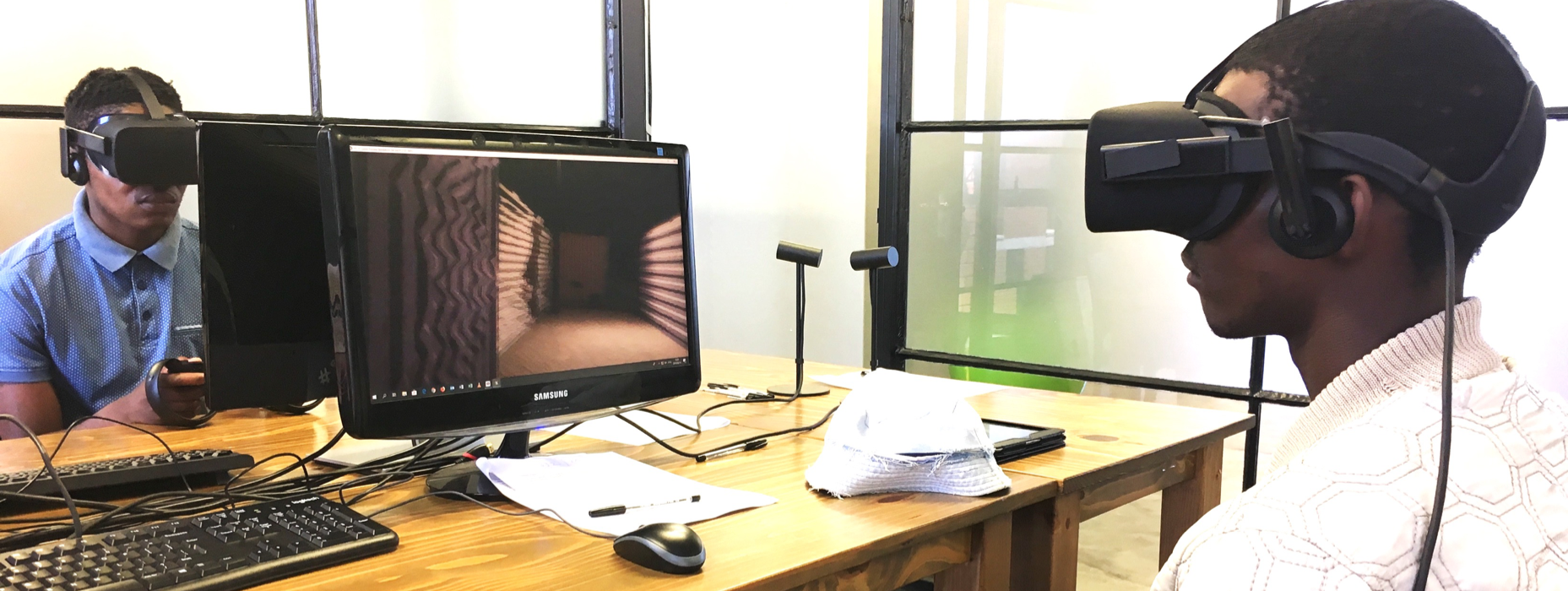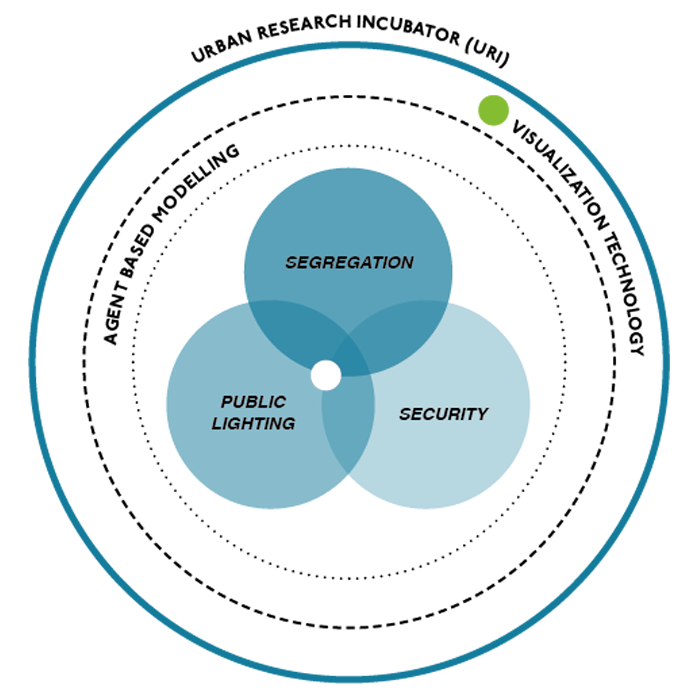Virtual Environments as a Decision-making Tool for Public Lighting in Cape Town

Background
Currently the City of Cape Town bases its predominant planning mode for public lighting in informal settlements and townships on analogue two-dimensional plans. Because of this and the fact that the City has not documented informal settlements well, public lighting planning does not adequately consider the particular spatial or topographical conditions of informal urban fabrics. The City also knows little about the public lighting preferences of residents in informal settlements. This research project explores the use of virtual reality to aid decision-making and overcome current planning drawbacks. We explore two areas specifically – immersive technology and the human perspective; and 3D aerial view simulations as alternative to 2D master planning of public lighting infrastructure.
The team
-

Michael Walczak (© 2018 ISTP) -

Stephanie Briers
(ETH Zürich / Sebastian Wagner)
Research Questions
How can virtual environments and simulations aid decision making in public lighting, administering more appropriate lighting solutions for informal settlements?
Policy Relevance
This research proposes a novel model to simulate and communicate current and future lighting solutions to elicit lighting preferences from local residents, and elicit opinions on the usefulness of such tools for communicating planning proposals such as public lighting. The City can use this tool to overcome the current laws and policies which are administering inappropriate light solutions for informal urban contexts. This methodology could allow policy makers to gain a better understanding of the impacts their decisions have on the built environment, in this case public lighting in informal settlements and their residents.
Related work
Project Thematic
Partners

